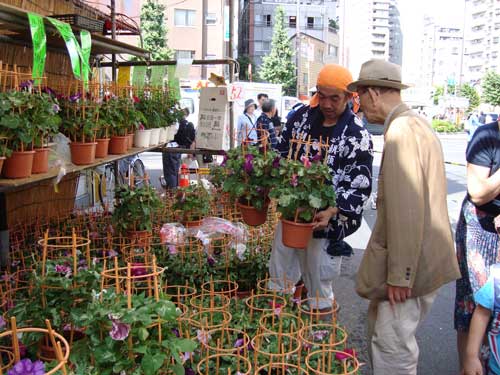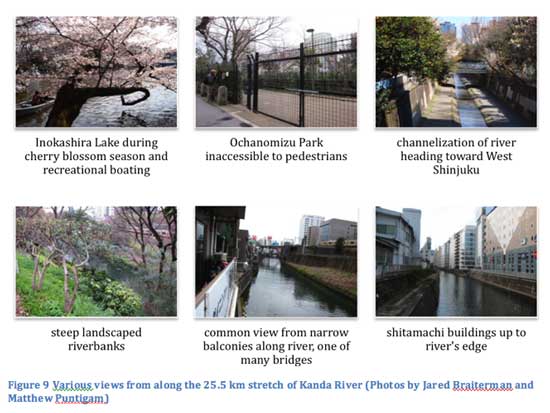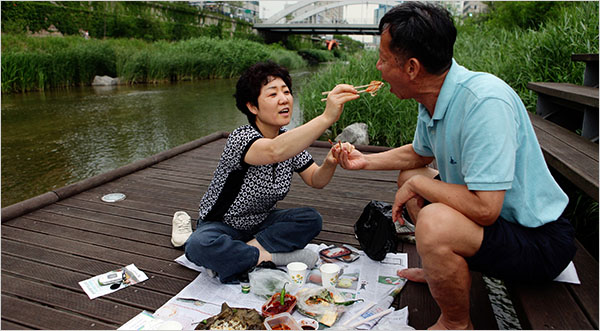
This week I attended the Morning Glory festival in Iriya. Fifty vendors spread outside and inside the Iriya Kishimojin temple set up hundreds of thousands of plants for sale on July 6, 7 and 8. It is a symbol of the start of summer.
Many vendors wear traditional clothes, including hapi and momoshiki, plus towels worn as headbands to beat the summer heat. All the Japanese delivery services had representatives, who can deliver your morning glory throughout Japan for 800 yen (about $8.50).
Inside the temple I saw monks blessing plastic morning glory flowers with chanting and metal sparks. There was plumes of incense, small kids in colorful outfits, and television cameras.

I spoke with some European and Latin Americans working in the stall of their bonsai master Kobayashi Kunio. They confirmed that all the vendors were selling very similar plants. Most were four plants of different colored morning glory (pink, blue, purple, red, white, and striated flowers, and many with striated leaves) twined around a circular support. They also told me that the stalls were open from 6 am until 2 am, which makes for incredibly long days and little sleep. I picked up “ocean blue” for 2,500 yen and a four color mix for 2,000 yen.
Covered flower stalls occupied one side of the wide road, including one lane of traffic, and typical festival food the opposite side.














